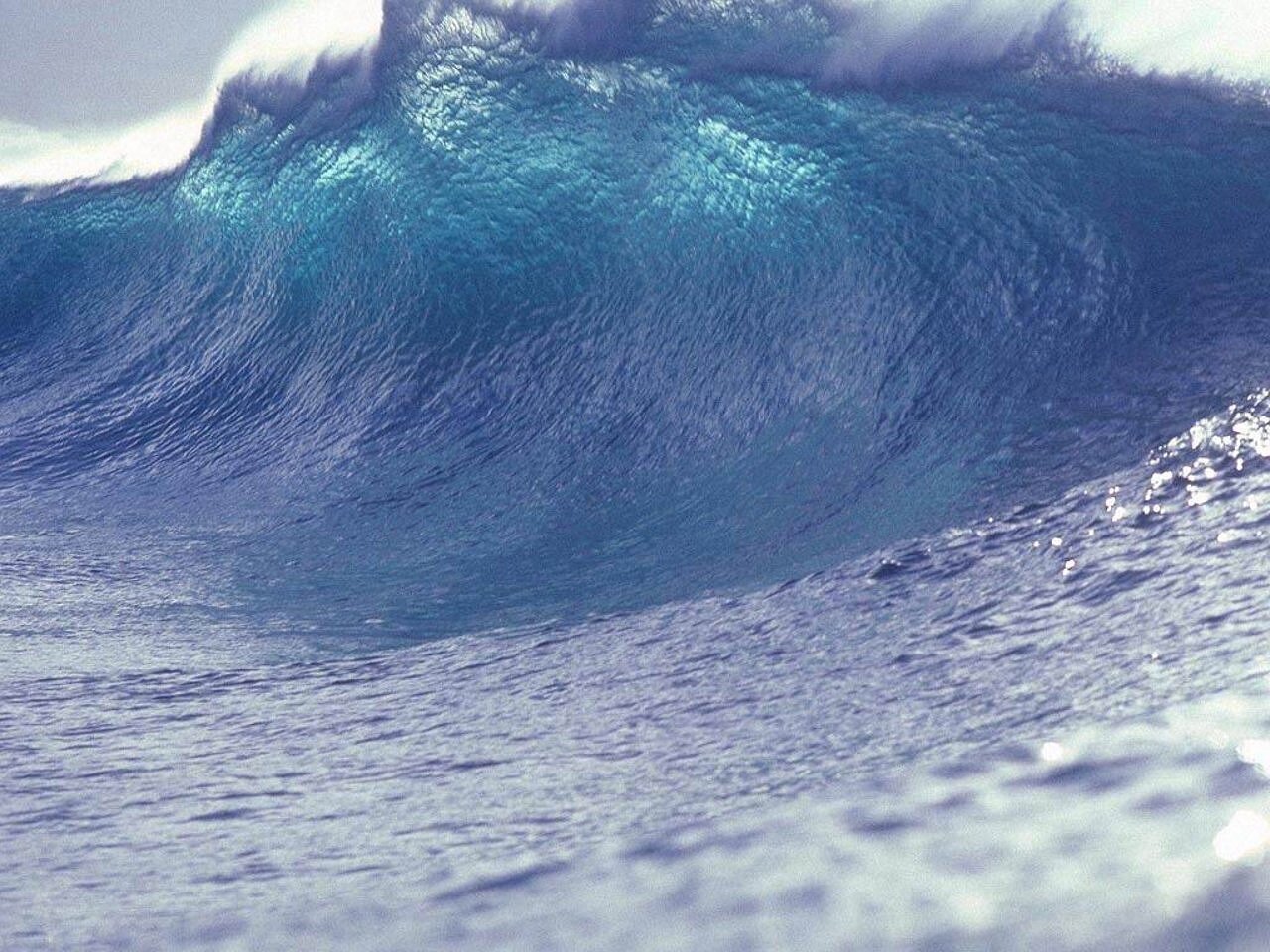Tsunami Threat To California: Assessing Vulnerability And Damage Potential

Welcome to your ultimate source for breaking news, trending updates, and in-depth stories from around the world. Whether it's politics, technology, entertainment, sports, or lifestyle, we bring you real-time updates that keep you informed and ahead of the curve.
Our team works tirelessly to ensure you never miss a moment. From the latest developments in global events to the most talked-about topics on social media, our news platform is designed to deliver accurate and timely information, all in one place.
Stay in the know and join thousands of readers who trust us for reliable, up-to-date content. Explore our expertly curated articles and dive deeper into the stories that matter to you. Visit Best Website now and be part of the conversation. Don't miss out on the headlines that shape our world!
Table of Contents
Tsunami Threat to California: Assessing Vulnerability and Damage Potential
California, known for its stunning coastline and vibrant cities, faces a significant, often overlooked threat: tsunamis. While earthquakes are top-of-mind for many Californians, the potential devastation from a tsunami shouldn't be underestimated. This article delves into the vulnerability of California's coastal communities and assesses the potential damage a tsunami could inflict.
Understanding California's Tsunami Risk
California's location along the Pacific Ring of Fire, a highly active seismic zone, makes it susceptible to tsunamis generated by both nearby and distant earthquakes. A massive earthquake along the Cascadia Subduction Zone (CSZ), off the coast of Oregon and Washington, poses the most significant threat. While less likely, local earthquakes along the San Andreas Fault system could also trigger tsunamis, albeit smaller in scale. Furthermore, tsunamis generated by earthquakes in other parts of the Pacific Ocean, such as Alaska, Japan, or Chile, can still reach California's shores, though with reduced intensity.
Areas Most at Risk:
Several California coastal areas are particularly vulnerable due to their geography and population density. These include:
- Northern California: Areas like Crescent City and Eureka are especially exposed due to their proximity to the Cascadia Subduction Zone. The low-lying coastal plains magnify the impact of tsunami inundation.
- Southern California: While potentially less impacted by a CSZ event, Southern California cities like Los Angeles and San Diego could still experience significant tsunami waves, particularly in harbors and low-lying areas. The potential for significant damage to infrastructure, including ports and harbors, is a major concern.
- Central California: Coastal communities along the Central California coast are also at risk, with varying degrees of vulnerability depending on local topography and infrastructure.
Potential Damage and Impacts:
The potential damage from a significant tsunami in California is vast and multifaceted:
- Inundation and Flooding: The most immediate and devastating impact is the inundation of coastal areas by large waves. This can lead to widespread destruction of buildings, infrastructure, and property.
- Structural Damage: Buildings and infrastructure, particularly those not designed to withstand tsunami forces, would suffer significant structural damage. This includes homes, businesses, roads, bridges, and power lines.
- Loss of Life: The loss of life could be substantial, particularly in areas with high population density and limited evacuation routes.
- Economic Disruption: A major tsunami would severely disrupt the economy, impacting tourism, fishing, trade, and overall economic activity. The cost of rebuilding and recovery would be astronomical.
Mitigation and Preparedness:
California is actively working on improving tsunami preparedness and mitigation. This includes:
- Improved early warning systems: Enhanced monitoring of seismic activity and the development of sophisticated warning systems are crucial for giving coastal communities sufficient time to evacuate. The National Tsunami Warning Center (NTWC) plays a vital role in this effort.
- Tsunami evacuation routes and plans: Clear and well-marked evacuation routes are essential, along with community education and drills to ensure residents know what to do in the event of a tsunami warning. Find your local evacuation plan via your city's emergency services website.
- Building codes and infrastructure improvements: Strengthening building codes and designing infrastructure to withstand tsunami forces are crucial for minimizing damage.
Conclusion:
The threat of a tsunami to California is real, and understanding the potential risks is critical for effective preparedness. By investing in early warning systems, developing robust evacuation plans, and improving building codes, California can significantly reduce the potential impact of a future tsunami. Staying informed, participating in community preparedness programs, and knowing your evacuation route are crucial steps every Californian can take to protect themselves and their families. Learn more about tsunami safety by visiting the National Oceanic and Atmospheric Administration (NOAA) website.

Thank you for visiting our website, your trusted source for the latest updates and in-depth coverage on Tsunami Threat To California: Assessing Vulnerability And Damage Potential. We're committed to keeping you informed with timely and accurate information to meet your curiosity and needs.
If you have any questions, suggestions, or feedback, we'd love to hear from you. Your insights are valuable to us and help us improve to serve you better. Feel free to reach out through our contact page.
Don't forget to bookmark our website and check back regularly for the latest headlines and trending topics. See you next time, and thank you for being part of our growing community!
Featured Posts
-
 Gilgeous Alexander Reaches 3 000 Career Points Exclusive Nba Milestone
Jun 10, 2025
Gilgeous Alexander Reaches 3 000 Career Points Exclusive Nba Milestone
Jun 10, 2025 -
 2025 College Football Espn Selects Ohio State For Game Day Debut
Jun 10, 2025
2025 College Football Espn Selects Ohio State For Game Day Debut
Jun 10, 2025 -
 Cma Fest Sunday Recap Luke Bryan Ashley Mc Bryde And Zach Bryan Deliver Show Stopping Sets
Jun 10, 2025
Cma Fest Sunday Recap Luke Bryan Ashley Mc Bryde And Zach Bryan Deliver Show Stopping Sets
Jun 10, 2025 -
 Cma Fest 2024 Highlights From Luke Bryan Ashley Mc Bryde And Zach Bryans Performances
Jun 10, 2025
Cma Fest 2024 Highlights From Luke Bryan Ashley Mc Bryde And Zach Bryans Performances
Jun 10, 2025 -
 Watch Kenya Vs Chad International Friendly Live Stream Details
Jun 10, 2025
Watch Kenya Vs Chad International Friendly Live Stream Details
Jun 10, 2025
